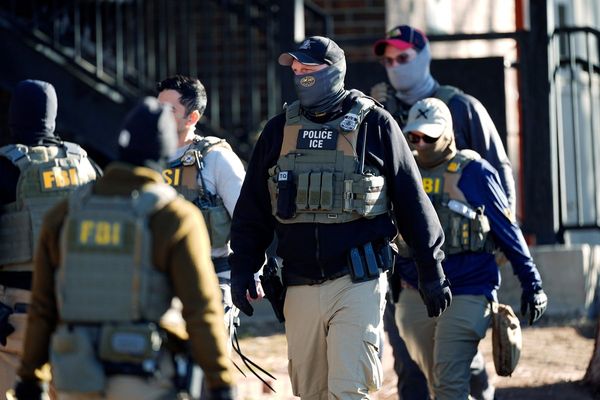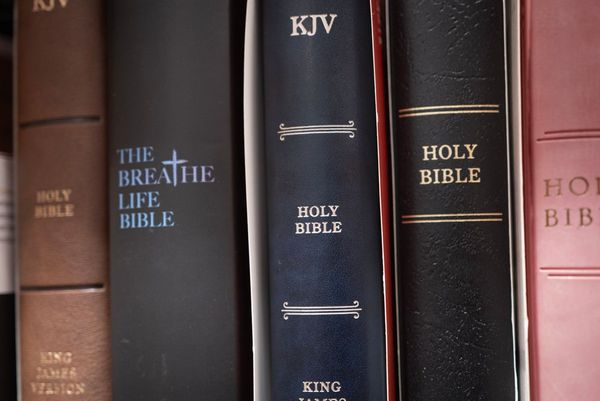
If you grew up in the ‘80s or ‘90s, you know the school day looked vastly different than it does now. It was a time of less supervision, more questionable safety standards, and a set of rules that would undoubtedly cause a major uproar today. Although we survived, looking back, it’s shocking to consider what society once accepted as normal.
Indeed, times have changed, and so has our understanding of child safety, psychology, and education. Consequently, many disciplinary actions and policies from that era would not just be frowned upon today; they would likely get a teacher fired and lead to a lawsuit. Here are ten school rules and norms from the past that would never fly in a modern classroom.
1. Paddling and Corporal Punishment
In many schools during the ‘80s and ‘90s, administrators accepted corporal punishment as a standard form of discipline. For instance, if a student misbehaved, the principal could send them to the office for “paddling,” where a teacher or administrator would strike the student with a wooden paddle.
Today, however, most districts would consider this practice child abuse. While still technically legal in some states, schools have almost entirely abandoned the practice. As a result, a teacher who struck a student would face immediate termination and potential criminal charges.
2. Sending a student to Stand in the Hallway
Teachers often used a classic punishment for a disruptive student: sending them to stand in the hallway. This method was supposed to create a moment of shame and reflection. In reality, it left a child completely unsupervised for an extended period.
This poses a massive liability issue today. For example, a student left alone in the hall could wander off, get hurt, or be bullied. For this reason, teachers are now responsible for keeping eyes on their students at all times. Modern administrators would view this old-school rule as a serious lapse in duty of care.
3. Writing “I will not…” Hundreds of Times
For minor infractions, writing repetitive sentences was the go-to punishment. A student would consequently have to spend their recess or after-school time writing the same phrase over and over, such as, “I will not talk in class” 500 times.
Modern pedagogy recognizes this as a pointless and counterproductive task. Unsurprisingly, it doesn’t teach the student anything and can foster a deep resentment for writing and school. Educators now see it as an outdated method that wastes a child’s time instead of providing a learning opportunity.
4. The “Cone of Shame” (Dunce Cap)
Surprisingly, public shaming was a common disciplinary tool. For example, a teacher might force a student who was acting silly or failing to pay attention to wear a “dunce cap” and sit in the corner. In short, the humiliation was the entire point.
Today, we would consider this practice psychological and emotional abuse. In fact, schools now focus on building self-esteem and using positive reinforcement. A teacher who intentionally shamed a child in this manner would certainly face severe consequences.
5. Allowing Unrestricted Playground “Games”
The playgrounds of the ‘80s and ‘90s were often a lawless land. Kids regularly played games like Red Rover, where they would run full speed into a human chain. Similarly, full-contact games of tag on unforgiving asphalt surfaces were daily occurrences.
While not a written rule, this lack of supervision was the norm. Today, however, schools have strict policies against games that involve aggressive physical contact. A teacher who knowingly allowed such activities would be held responsible for any resulting injuries.
6. Smoking Areas for Students
It’s hard to believe, but many high schools in the early ‘80s actually had designated smoking areas for students. The administration’s idea was to contain the habit rather than ban it. Therefore, students could legally light up on school grounds during breaks.
Given what we now know about the dangers of smoking and secondhand smoke, this is horrifying to imagine. Unquestionably, any school employee who enabled underage smoking on school property today would be fired instantly.
7. Teachers Driving Students in Their Personal Cars
It wasn’t uncommon for a coach or teacher to offer a student a ride home after practice or a club meeting. At the time, people saw it as a kind gesture, and there were no background checks or specific policies against it.
This practice is an absolute taboo today. For safety and liability reasons, schools strictly prohibit teachers from being alone in a car with a student. In fact, such an action would immediately trigger an investigation.
8. Washing a Student’s Mouth Out with Soap
If a child used profanity, teachers sometimes used a shocking “remedy”: washing their mouth out with a bar of soap. This was a literal interpretation of “cleaning up your language.”
Today, officials would classify this practice as physical and assault. Moreover, forcing a child to ingest a non-food substance is dangerous and unacceptable. This is truly one of the most unbelievable school rules from the past.
9. Using Food as a Punishment
While withholding recess was common, some teachers also used food as leverage. For instance, a teacher might deny a misbehaving child a snack or dessert at lunchtime. Conversely, they might punish a whole class by canceling a pizza party.
Educators now understand this to be a harmful practice that can lead to unhealthy relationships with food. As a result, many schools have policies that prohibit using food as either a reward or a punishment to avoid these psychological impacts.
10. Ignoring Bullying as “Kids Being Kids”
The prevailing attitude toward bullying in the ‘80s and ‘90s was often one of dismissal. Many adults saw it as a normal part of growing up, telling children to either toughen up or ignore it. Consequently, teachers rarely intervened unless a physical fight broke out.
Today, schools enforce zero-tolerance policies for bullying. Teachers receive training to identify and stop it, and the law requires them to report all incidents. A teacher who repeatedly ignored clear instances of bullying would be considered negligent in their duties.
A Different World of Education
Looking back at these old school rules, it’s clear how much our approach to education and child welfare has evolved. While some may argue that kids are “softer” today, these changes actually reflect a deeper understanding of safety, psychology, and what it truly means to create a positive learning environment. The classroom of the past was a different world, and in many ways, we’re lucky to have left these practices behind.
What’s a school rule you remember that would never be allowed today? Share it in the comments!
What to Read Next…
- 8 Topics That Can’t Be Covered in School Without Parental Permission
- 5 Things Teachers Wish Parents Would Handle Before the School Bell Rings
- Teachers Share: The Wildest Excuses They’ve Ever Heard From Students
- Before Helmets and Helicopter Parents: 8 Risky Games Gen X Kids Loved
- What Parents Do That Makes Teachers Avoid Them
The post 10 School Rules From the ‘80s and ‘90s That Would Get Teachers Fired Today appeared first on Budget and the Bees.







